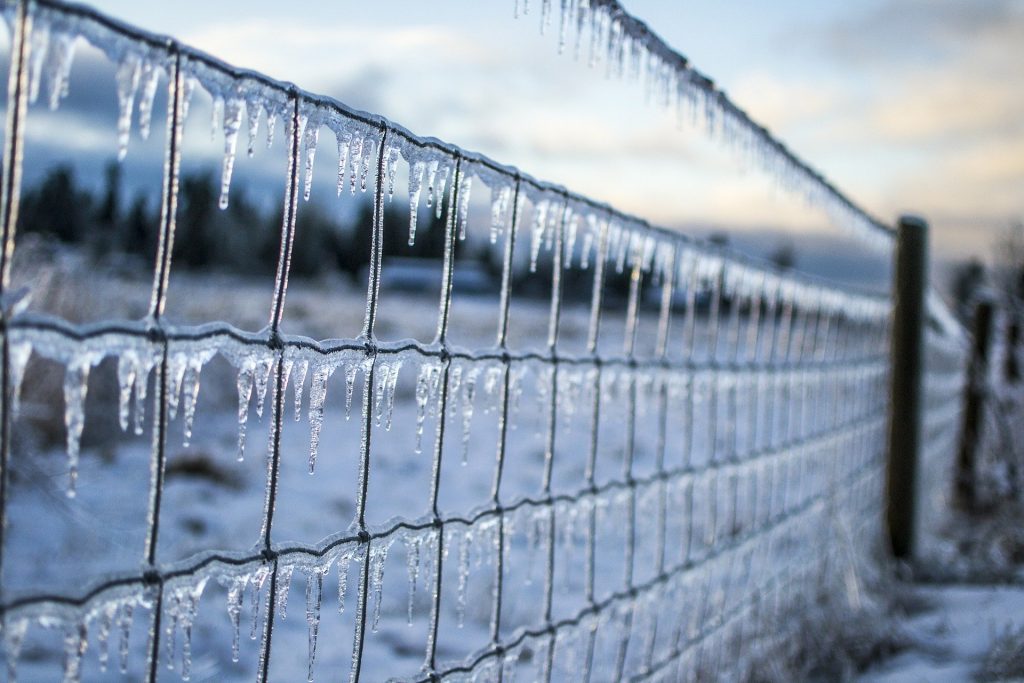
Disaster preparedness is imperative everywhere, but that goes double for the manufacturing industry. Thankfully, technology provides ways to ensure business continuity and peace of mind.
Businesses are more likely today than ever to cater to a worldwide audience. That means a company’s supply chain activities, vendors and talent pipeline could very well span the globe. This is the advantage as well as the consequence for companies that take advantage of emerging markets to achieve a broader footprint and a wider audience.
Predictive Analysis for Shipping
There are many technologies companies can use to better understand, gather data from and visualize their entire supply chains. These include various temperature and atmospheric sensors, radar, satellite imagery, GPS and more. Businesses can make higher-fidelity predictions — including potential shipping delays — based on external forces like weather, storms, traffic pattern interruptions and more.
For companies that rely on ports and harbors, advance warning about incoming storms is still sometimes not enough. With the right application of intelligent technologies, manufacturers and supply chain partners can more easily make proactive decisions, like diverting vessels and making other route changes. It’s a chance to avoid a delay, or could at least result in saving valuable merchandise that might’ve been lost had the right data not been available.
The Cloud and Data Resiliency

The availability and affordability of cloud solutions for business mean disaster-related data loss is a thing of the past. This branch of technology helps manufacturers on two fronts: backup and disaster recovery.
Data backup entails the off-site storage of your company’s intellectual property, process data, customer information, payroll records and more. If your company headquarters or another business location was lost to a disaster, you could rest assured that all the information is safely stored in the cloud and off-site.
Data centers themselves have become efficient and resilient structures. When even these layers of protection aren’t enough, there’s disaster recovery. This refers to a company’s plan for re-establishing communication channels, IT infrastructure and other essential business applications. For instance, a company with an intelligent disaster recovery system can take advantage of automated fail-over. This is where a client’s information is automatically shunted to an available server if the original host becomes unavailable. Afterward, the two sets of records are reconciled according to the last changes made.
Backup Batteries and Smart Grids
Industrial-sized battery storage for electricity has been a long time coming, and today we’re closer than ever before. Lithium-ion batteries are still too expensive, some say, to play a major role in tomorrow’s electric grid. What they can do is provide short sprints of uninterruptible power for critical functions so manufacturing plants stand a chance of remaining operational during power outages.
Research indicates that the cost of power outages for the business community exceeds $27 billion per year, with batch and continuous manufacturing companies among the hardest-hit. If an outage happens, you want every tool at your disposal to claw back some of that potential lost productivity and earnings.
As a result, we can expect batteries to play a larger role in keeping manufacturing companies, utility companies and even municipal services rolling during short-term outages.
We can expect the rollout of smart grids to play an even more significant role in hardening manufacturing and distribution facilities against disasters. Smart grids are just what they sound like: It’s where transmission lines, generation stations, utility companies and end-users are all equipped for data-gathering and two-way communication. Current capacity is monitored and continually weighed against supply, demand and power disruptions. If one location is producing more energy than it needs, it starts storing it or feeding it back into the grid.
Smart grids will make the transmission of electricity more efficient and less costly to maintain and operate. They will also reduce peak demand, help lower utility rates and make electricity faster and easier to restore after disasters. The intelligent nature of the network allows for automatic rerouting during weather events or emergencies.
Consequently, manufacturing companies that buy into the smart grid will be hedging their bets against lost profits and productivity in the future — and winning peace of mind in the bargain.
Technology Delivers Peace of Mind
There are other disaster preparedness technologies available too, like all-in-one purification and desalination systems so residences and facilities can purify water from any source during an outage. Emergency preparedness managers and employees alike benefit from the peace of mind that comes with knowing an active manufacturing facility can sustain people’s basic needs during a power outage or a storm.
Hurricane Katrina did damage to city water purification systems that lasted for a decade. Industrial sites can do two things when they prepare for disasters using these and other technologies. They provide a location where people can shelter in place to wait out the storm should they need to. And in some cases, they can continue to process water for industrial purposes during periods where access to potable water is limited or non-existent, including during a chemical spill or other contamination event.
There’s also the concept of the digital twin, which should appeal to manufacturers that deploy heavy or industrial equipment to dangerous or disaster-prone areas. A piece of equipment in the field has a digital twin back at home base. Thanks to sensors and data collection, the digital version experiences everything its real-life counterpart does, thereby providing warning of equipment failure or weather changes.
The future will yield even further innovations that help companies prepare for the worst — and recover in a timely fashion. Some concepts, like the smart electric grid, allow us to share our infrastructure in a more efficient and disaster-resilient way. Other technologies, like cloud backups and storage batteries, help us limit our lost data, productivity and profitability in the face of business disruptions.
